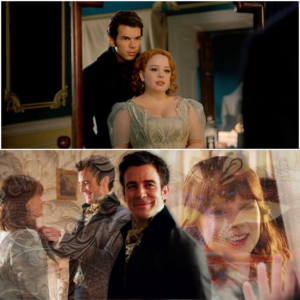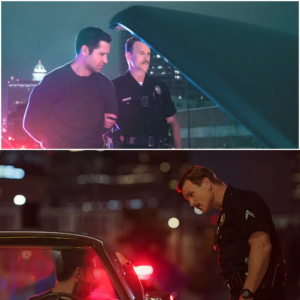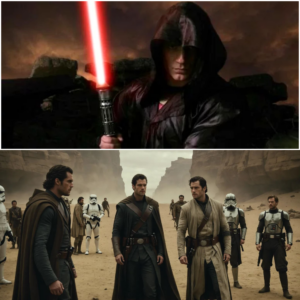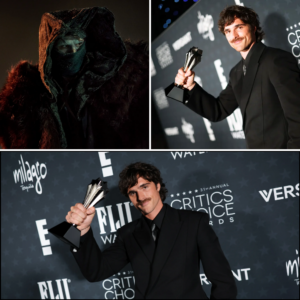With a budget of only $15 million, Godzilla Minus One still won the Best Visual Effects Oscar. What does the MCU need to learn from this tiny titan?
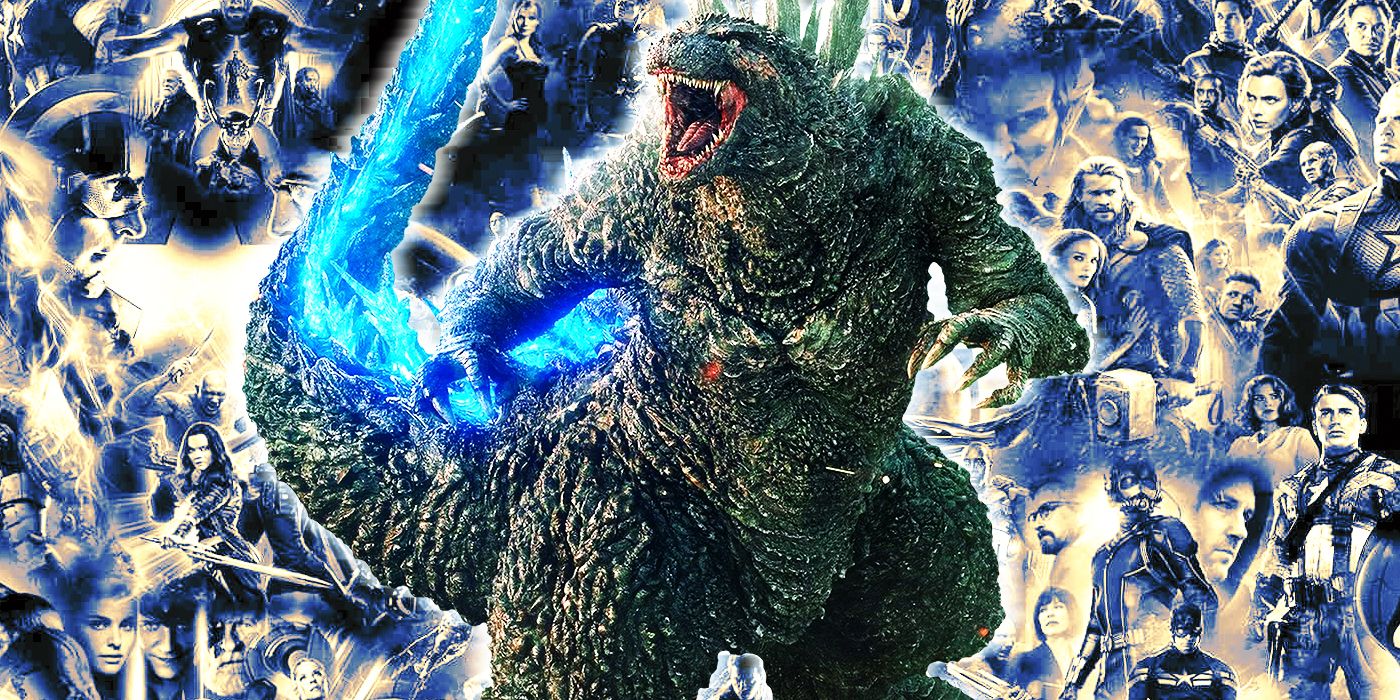
Godzilla Minus One stunned audiences when it won Best Visual Effects at the 96th Academy Awards, even as a host of favorites dominated the other categories. Christopher Nolan’s Oppenheimer exemplified this when it won 7 awards, while Poor Things and The Zone of Interest soaked up most of the remaining awards. However, Godzilla Minus One‘s victory gave film fans a genuinely pleasant shock.
The nominees list for Best Visual Effects was full of big-budget blockbusters. Going into the night, Gareth Edwards’ The Creator was the favorite to win the award, and the Marvel Cinematic Universe’s Guardians of the Galaxy Vol. 3 was considered a close second. However, a low-budget Japanese film bested them all for the award. Not only did this stun the audience, but it also gave major studios an important lesson about visual effects.
Godzilla Minus One’s Best Visual Effects Win Proves Good CGI Doesn’t Need Big Budgets
When Godzilla Minus One won its award for Best Visual Effects, cries of unfiltered joy echoed around the room. Led by director Takashi Yamazaki, the effects team took to the stage to accept the award, each holding a miniature Godzilla statue. Godzilla Minus One‘s budget of $15 million is barely 10% of most modern blockbusters and it’s one of the lowest budgets for a Best Visual Effects winner in over a decade. For reference, last year’s winner, Avatar: The Way of Water, cost a reported $400 million, more than 20 times larger than Godzilla Minus One‘s.
In his acceptance speech, director Takashi Yamazaki proclaimed that their win proved small visual effects studios could beat major studios when it mattered most. Godzilla Minus One‘s win will be remembered as a landmark moment for independent VFX artists and an important lesson for major studios. Hollywood is, first and foremost, a business. It tends to copy anything that looks successful. However, the superhero genre’s breakaway success, spearheaded by the Marvel Cinematic Universe, helped oversaturate cinemas with CGI-heavy blockbusters. Unfortunately, Marvel’s attitude toward CGI and special effects has shifted over time. During the MCU’s heyday, the director and creative team behind each Marvel Studios film brought their own voice and vision to each project. Jon Favreau’s work on Iron Man felt different than the ideas the Russo Brothers brought to Captain America: The Winter Soldier. Their films stood out as individual pieces of cinema set within the same universe and while they utilized impressive visual effects, they had other tools at their disposal. However, since Avengers: Endgame many fans feel like the franchise has lost a step and the MCU’s CGI has become a new focal point for criticism.
Computer-generated imagery was developed to enhance films and bring the impossible to life. Now CGI is seen by many studios as a necessary evil. While movies like James Cameron’s Avatar have continued to push the boundaries of visual effects forward in recent years, other movies have treated visual effects as an afterthought. Today, Marvel Studios uses CGI to fix in-camera mistakes, instead of respecting the technology and incorporating it from the start of the production process. This is where Godzilla Minus One stands out, and what helped it achieve its monumental Oscar win. Director Takashi Yamazaki gave his movie’s CGI the respect it deserved and had a clear vision for his visual effects from the beginning.
Godzilla Minus One Always Used CGI as a Storytelling Tool
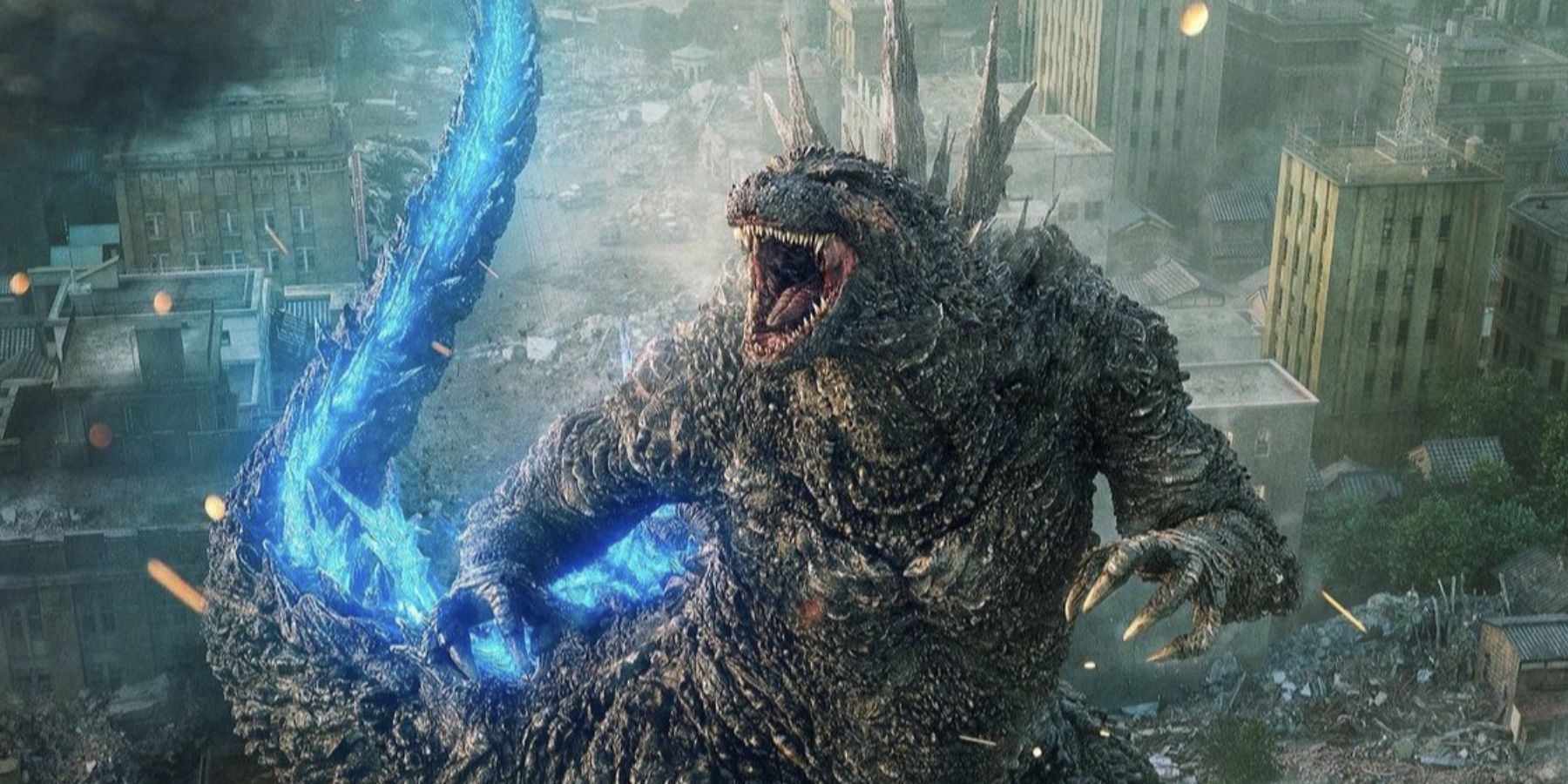
While many contemporary studios outsource their visual effects to third-party companies, Takashi Yamazaki worked closely with his visual effects team throughout Godzilla Minus One’s production. Major studios have the budgets to employ teams of hundreds, sometimes thousands, of visual effects artists in multiple countries. In contrast, Yamazaki had a team of 35 people who all worked on one office floor. Yamazaki’s background as a visual effects artist also gave him the experience to plan the film’s sets and on-location shoots around the film’s CGI. This clear vision streamlined the design process and let the visual effects shine. For example, when Yamazaki created his close-ups of Godzilla, he incorporated models with hundreds of millions of polygons and multiple digital maps. All of this was “important… to fully convey the massive and terrifying qualities of Godzilla.”
Yamazaki’s work on Godzilla Minus One proved that breathtaking visual effects are still possible on a small budget. His decision to work hands-on with the visual effects team streamlined the film’s production process and allowed for more experimentation with Godzilla Minus One‘s CGI. Yamazaki rolled across the office in his chair daily to oversee each VFX shot and eliminated the communication problems between studios and outsourced VFX in the process. Yamazaki’s passion and respect for visual effects even bleed into their behind-the-scenes footage, where a stop-motion Godzilla figure narrated the film’s visual effects process and even bowed goodbye to the audience at the end.
Yamazaki’s description of Godzilla Minus One‘s Oscar-winning process highlights the differences between his work and the MCU’s CGI and ultimately it comes down to passion. Dedicated filmmakers utilize CGI as a storytelling tool and it’s the only way to make film’s visual effects great. For its part, Guardians of the Galaxy Vol. 3 proved that the Marvel Cinematic Universe can treat the visual effects process with respect. James Gunn’s Instagram is full of behind-the-scenes snippets and screenshots of the extensive design work that went into creating Baby Rocket and his friends. As a result, Guardians of the Galaxy Vol. 3 earned its Oscar nomination through its passion for the process. However, other recent MCU projects haven’t received the same care. These days, Marvel Studios uses CGI as a band-aid to fix major issues in post-production, leaving little time for planning or design and the results speak for themselves. Even worse, Marvel’s bad treatment of visual effects artists demonstrated the company’s lack of respect for CGI.
By Not Respecting Visual Effects Artists, Marvel Studios Hurt the MCU
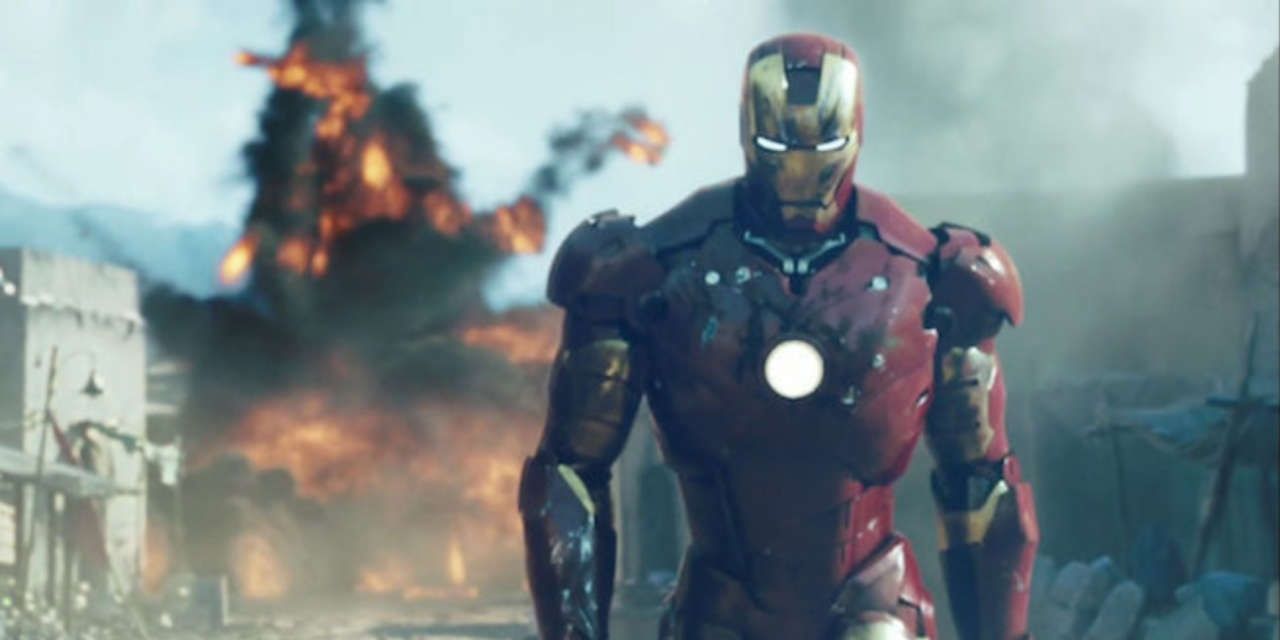
Sadly, Marvel Studios’ CGI issues are deeper than a few bad designs in recent blockbusters. VFX artists who contracted with Marvel Studios have accused the company of ‘bullying.’ Reports also suggested that Marvel Studios created toxic work environments for their contracted VFX artists, motivating visual effects artists to unionize with the International Alliance of Theatrical Stage Employees in 2023. The controversy peaked in 2023 when the company suddenly fired Victoria Alonso, Marvel’s President of VFX and Animation. Since then, some MCU fans have speculated that the company scapegoated her to cover for the studio’s bad habits and mistreatment of VFX artists.
At this point, many VFX studios are reluctant to work with Marvel Studios. Some reports even suggest that the studio pays 20% less than the industry standard, despite housing the most profitable franchise in movie history. It’s a shame because these visual effects studios are filled with passionate artists. Making things worse, Marvel’s visual effects artists are often the unfair targets of blame for the MCU’s poor CGI. Guardians of the Galaxy Vol. 3 showed what can be achieved in the modern Marvel Cinematic Universe when directors and producers respect visual effects artists and their work. However, some studios still see CGI as an expensive creative afterthought, even as they use CGI to save money on sets and locations. In contrast, the 35-person VFX team behind Godzilla Minus One came together to produce Oscar-winning visual effects on a marginal budget. To turn the MCU around, Marvel Studios has to learn about the power of passion from Yamazaki and his team.
Godzilla Minus One’s win over major blockbusters is an inspiration for smaller studios and artists. The Oscar win has helped direct attention and power back to independent studios who truly care about their work. Hopefully, Yamazaki’s win will also be seen as a wake-up call for the MCU. Visual effects aren’t everything and the MCU’s Stage Four encountered a wide range of problems. However, respect and care are universal. Big budgets don’t make movies better but passion does. That’s what Marvel has to harness to make the MCU great again.
